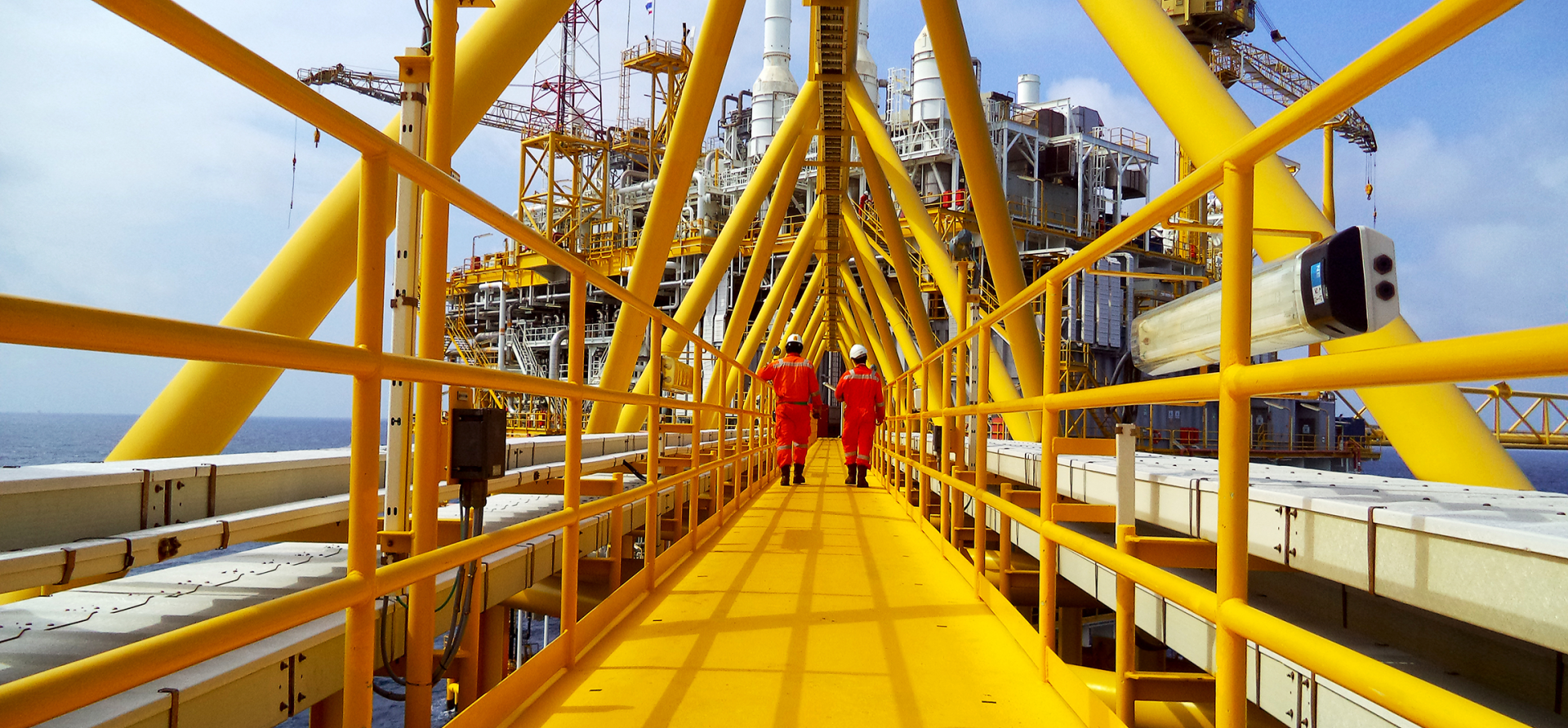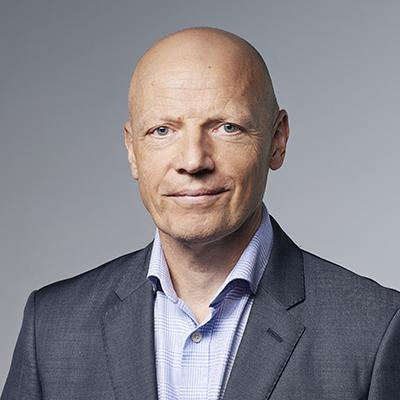
Key Findings
Greater transparency is needed about Santos’s proposed Bayu-Undan CCS project, including the costs and quantity of CO2 likely to be sequestered, and whether Santos will need to buy additional carbon credits to offset emissions from its Barossa gas project.
Santos should provide a decommissioning plan for existing infrastructure at Bayu-Undan, including the costs and the timeline.
Santos must demonstrate how it will meet its targets given CCS’s history of underperformance, including at Chevron’s Gorgon project, and provide the cost implications of any underperformance of the Bayu-Undan CCS project.
Investors will require transparency on the liability issues associated with any potential CO2 leaks from the Bayu-Undan CCS project. Australia and Timor-Leste will need to reach an agreement on liability provisions given the project is in Timor-Leste waters.
This analysis is for information and educational purposes only and is not intended to be read as investment advice. Please click here to read our full disclaimer.
Executive Summary
In September 2021, Australian gas producer Santos unveiled ambitious plans to turn the near depleted Bayu-Undan gas field in the Timor Sea into a carbon capture and storage (CCS) facility. In the three years since, however, Santos has yet to disclose the costs or provide technical details on the world’s largest CCS venture proposal. The project also presents many legal and regulatory risks.
The Bayu-Undan announcement followed Santos reaching final investment decision (FID) on its Barossa gas project, also located in the Timor Sea. The company plans to start producing gas from Barossa in 2025, and it claims the project will have net zero emissions from day one. This is a bold claim given Barossa will be the most carbon-intensive gas field to supply feedstock to an Australian LNG project, with carbon dioxide (CO2) content of 18%.
Santos’s net zero claim on Barossa is contingent on burying some of the CO2 it produces at Bayu-Undan. Santos plans to develop the world’s largest CCS facility, and one of the most complex, with CO2 moving through almost 800km of pipelines and across maritime boundaries.
To date, Santos has not published an offshore project proposal (OPP) or environmental impact statement (EIS) on Bayu-Undan CCS, as would be expected for a venture of this scale. Instead, Santos says only that it intends to sanction Bayu-Undan CCS in 2025 and start injecting CO2 into it from 2028, buying carbon credits in the interim. Santos still requires regulatory approval for some of the CCS infrastructure, and it has no permits in place to allow it to send CO2 to Timor-Leste.
The total emissions from the two locations – the floating production, storage and offloading (FPSO) facility and the Darwin LNG plant – would be 5.4 million tonnes of CO2 equivalent (MtCO2e) a year, which exceeds forecast LNG production by more than 50%; in other words, it would be a CO2 emissions factory with an LNG byproduct. This has clear financial implications for Santos given the requirement for it to fully offset all reservoir emissions under Australia’s revised Safeguard Mechanism.
It will also make Australia’s commitment to cut greenhouse gas (GHG) emissions by 43% by 2030 more challenging unless Santos is able to successfully sequester most of the CO2 from Barossa.
At its 2022 annual meeting, 37% of Santos shareholders voted against its climate strategy, which hinges on using CCS to achieve its net zero emissions goal by 2040. Since then, Santos has widened its CCS ambitions. Bayu-Undan is part of the company’s three-hub CCS strategy in Australia, along with the Moomba CCS project in South Australia and the Reindeer CCS hub in the Carnarvon Basin offshore Western Australia (WA). Santos aims to expand its CCS footprint beyond these three projects, with successful bids for other offshore CCS permits around Australia.
Santos aims to sequester up to 10 million tonnes of CO2 (MtCO2) a year in Bayu-Undan, with the CO2 coming from Barossa and other CO2-laden gas fields offshore northern Australia, as well as CO2 shipped from Japan and South Korea. This as-yet-untested undertaking could make Bayu-Undan integral to an Asia-Pacific CO2 trading hub that could also sequester waste CO2 from Japan in CCS projects in Malaysia and Indonesia.
Despite Santos’s lofty ambitions for Bayu-Undan, the economics of the project are unknown, and the multiple legislative and regulatory approvals required add uncertainty to the project timing.
The costs of the project are likely to be large given it is intended to be more than twice the size of Chevron’s beleaguered Gorgon CCS facility on Barrow Island in WA, and will involve more complex engineering. At Gorgon CCS, CO2 is injected into a reservoir known as the Dupuy formation, 2km below the island; the injection pipeline is just 7km long. However, despite Gorgon CCS’s onshore location (which is less costly) and smaller scale, Chevron and its partners Exxon and Shell have spent more than A$3.2 billion on the project, which still only operates at about one-third of its design capacity. While Gorgon CCS was designed to store up to 4MtCO2 a year, it has grossly underperformed since it started operating in 2019.
As part of the Bayu-Undan CCS project, Santos intends to pipe CO2 over a distance more than 100 times greater than the Gorgon CCS project, despite the fact the existing subsea pipelines were designed for a very different purpose, and Santos has no approval to pump CO2 to Bayu-Undan.
Santos has stated its CCS plan for Bayu-Undan is an opportunity to avoid hundreds of millions of dollars in decommissioning costs for the declining gas field’s platforms and facilities. However, investors should still factor in those decommissioning costs, as Santos will still face this obligation either at the end of the life of Bayu-Undan CCS or should the project not go ahead.
IEEFA believes investors do not have sufficient information to understand the economics and the legal and regulatory risks associated with both the Bayu-Undan CCS and Barossa gas projects. In our view, Santos should release provisional estimates so the true cost of the CCS project and producing gas from Barossa can be assessed, along with the net emissions savings from CO2 injections into the Bayu-Undan field. It should also provide technical evidence that Bayu-Undan is geologically suitable to store CO2, given the many technical issues offshore CCS ventures face. In addition, Santos should clarify what the CCS project means for its decommissioning obligations.
















